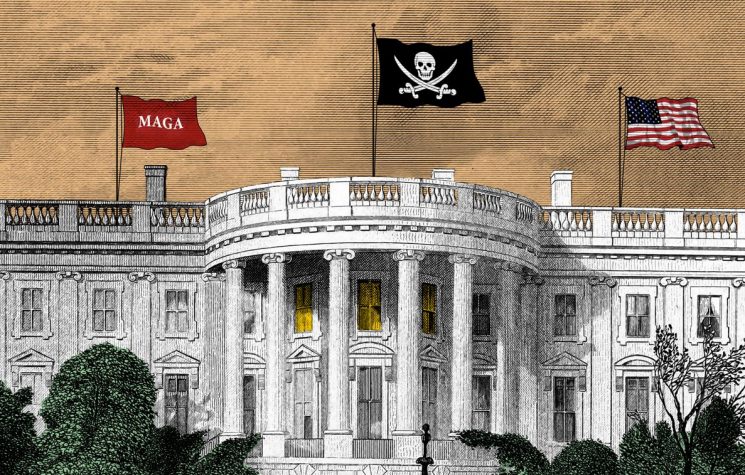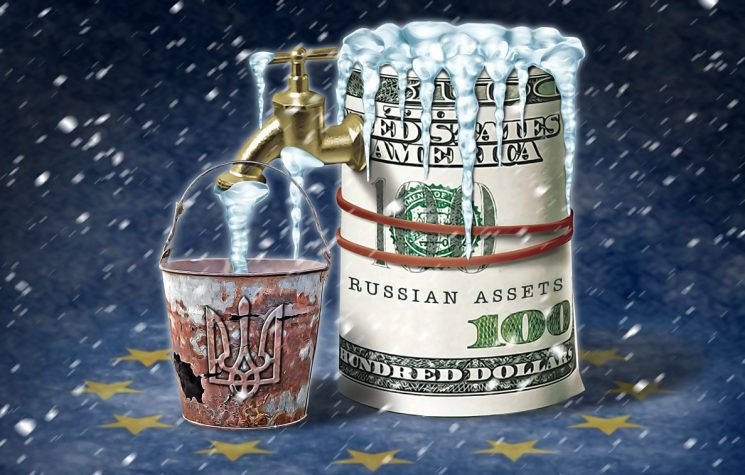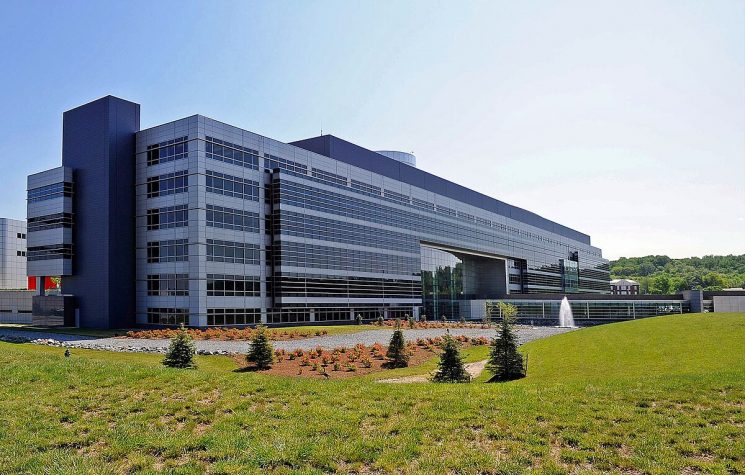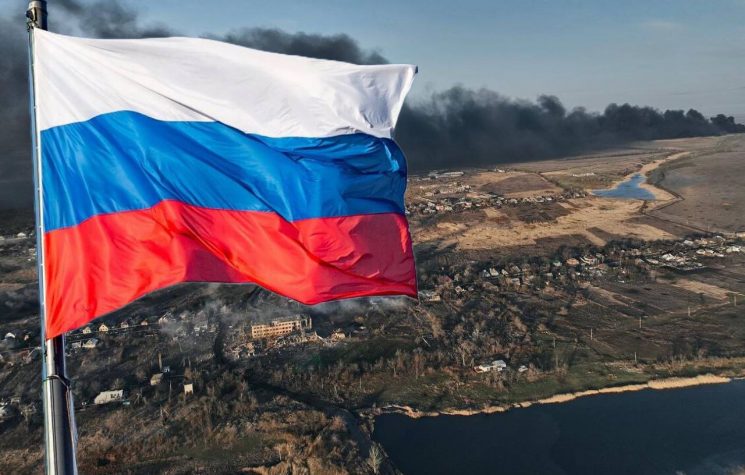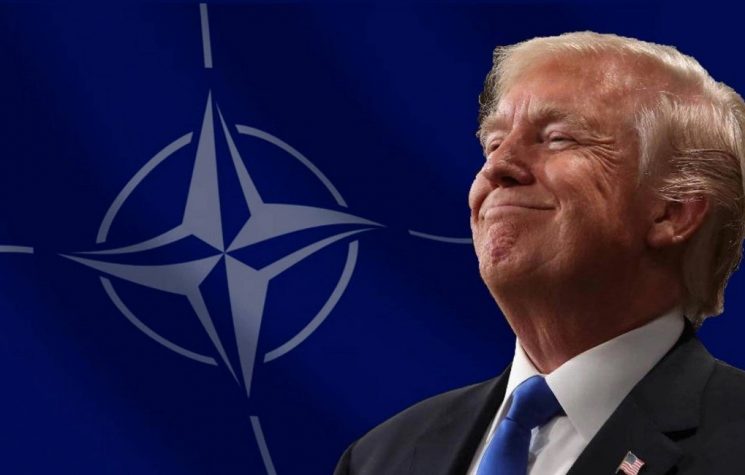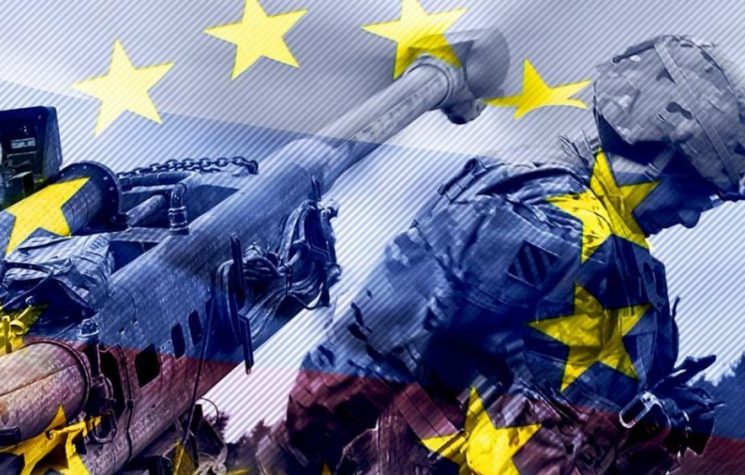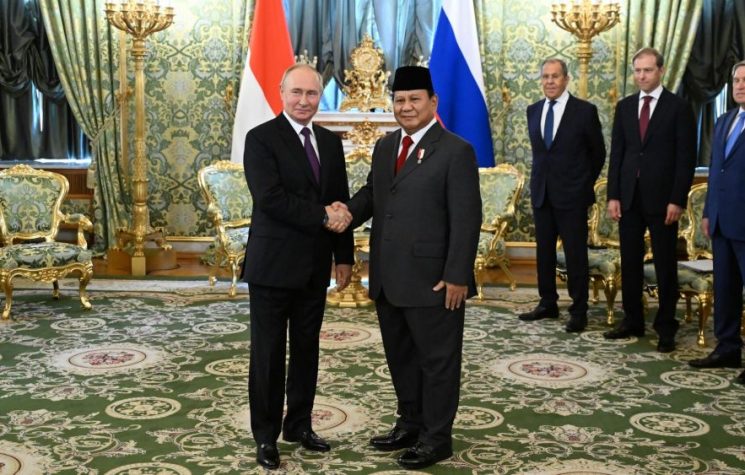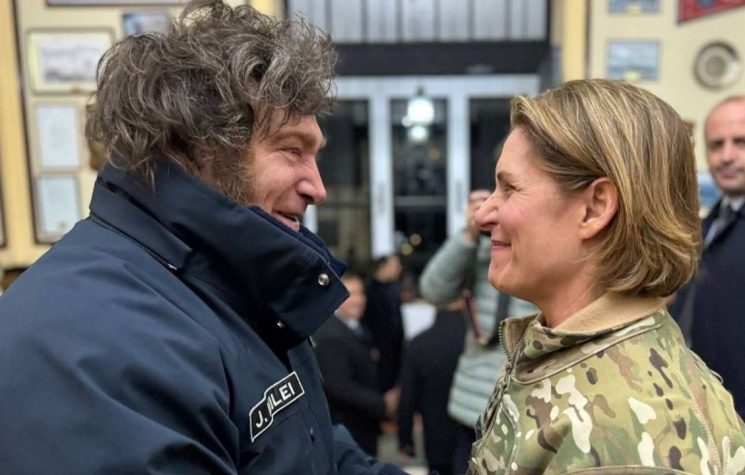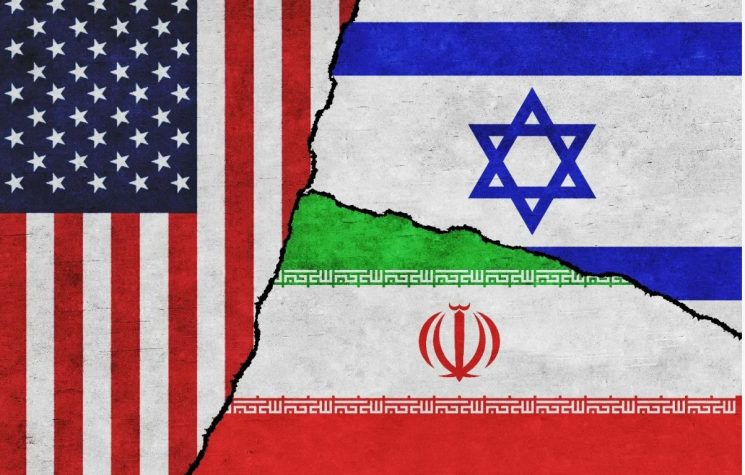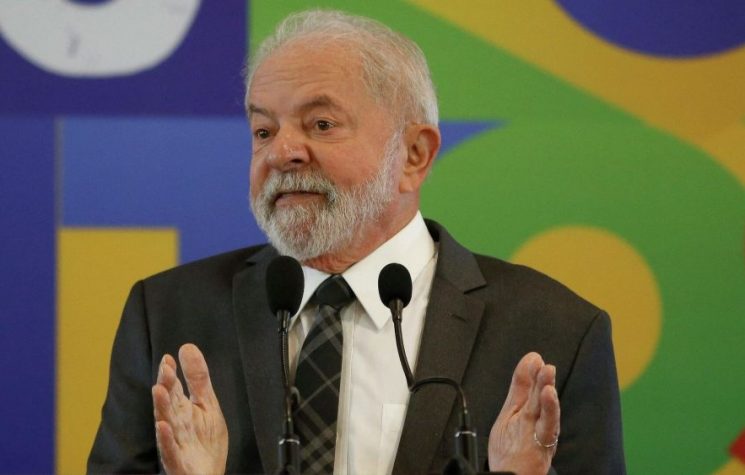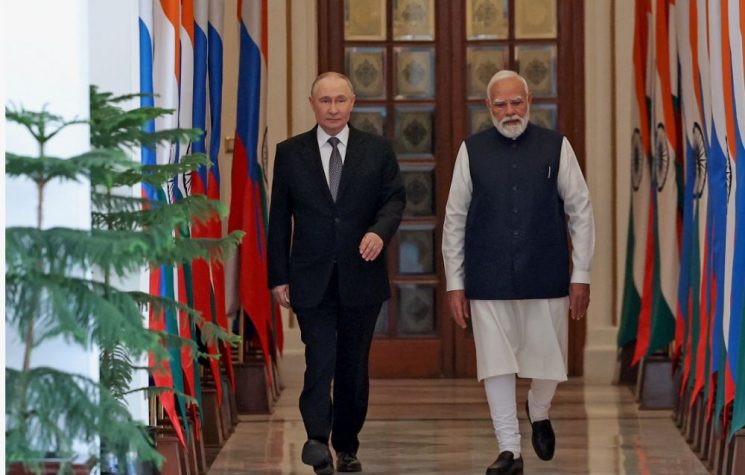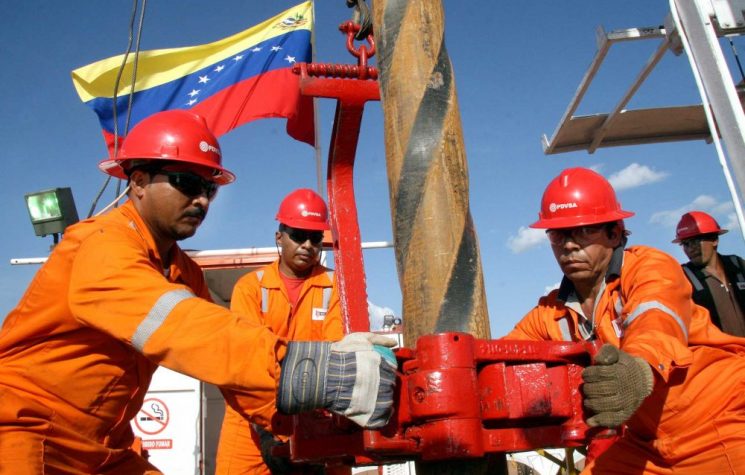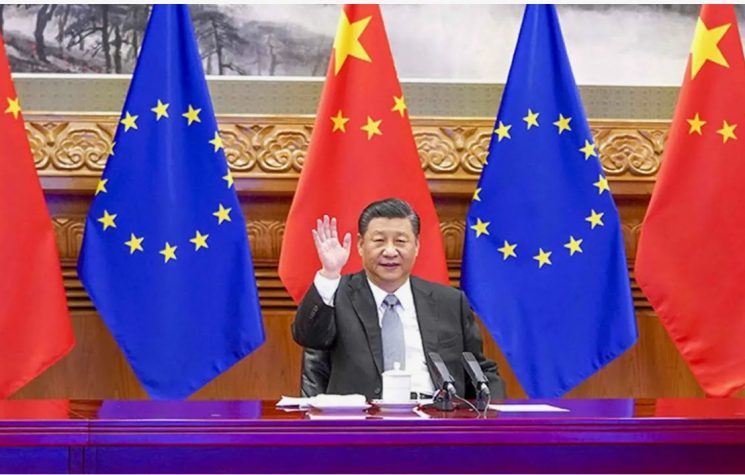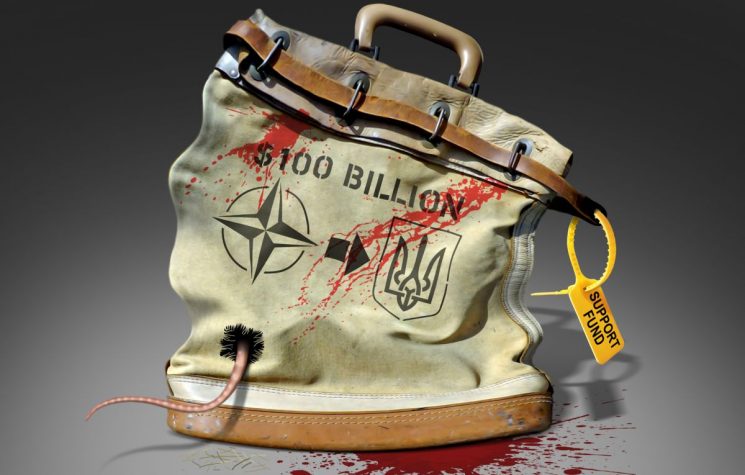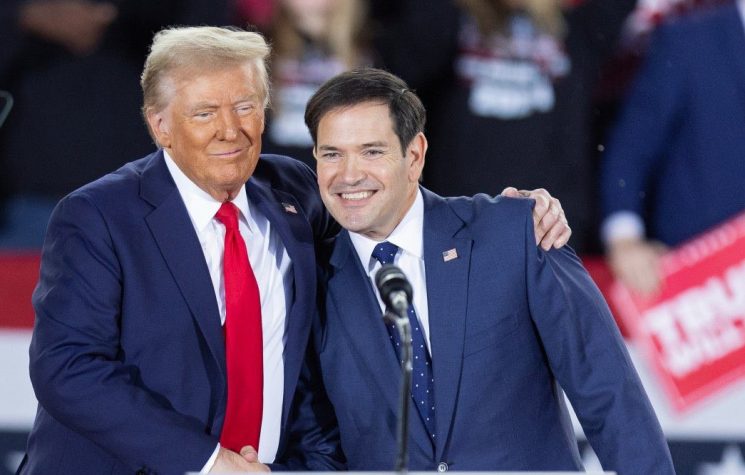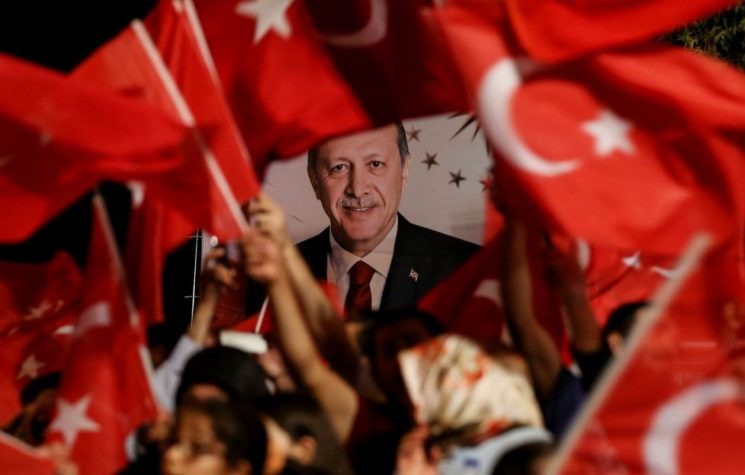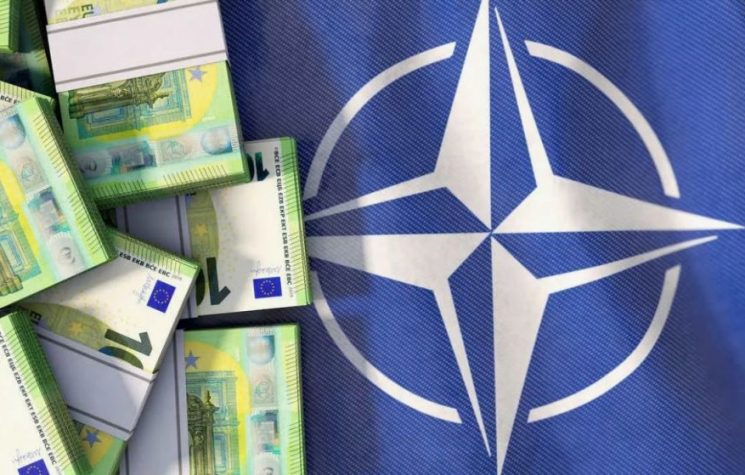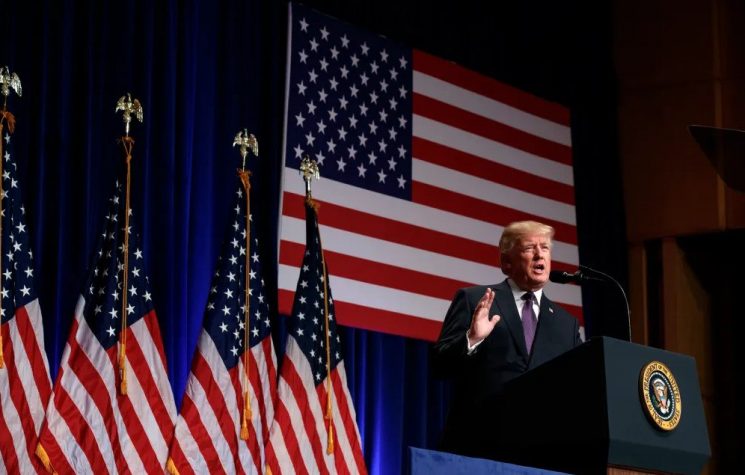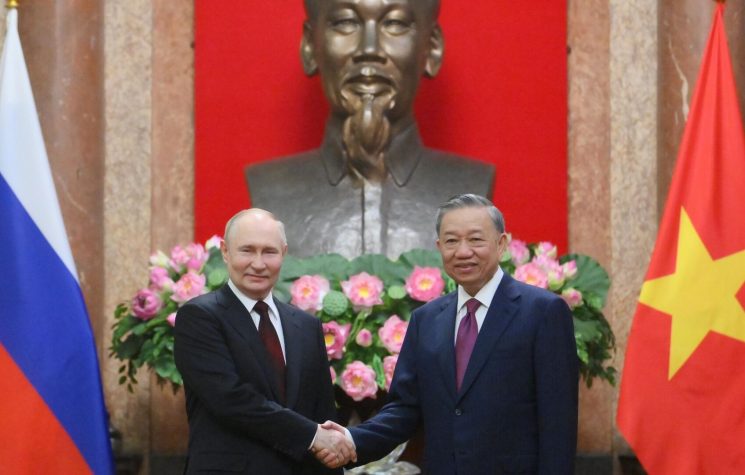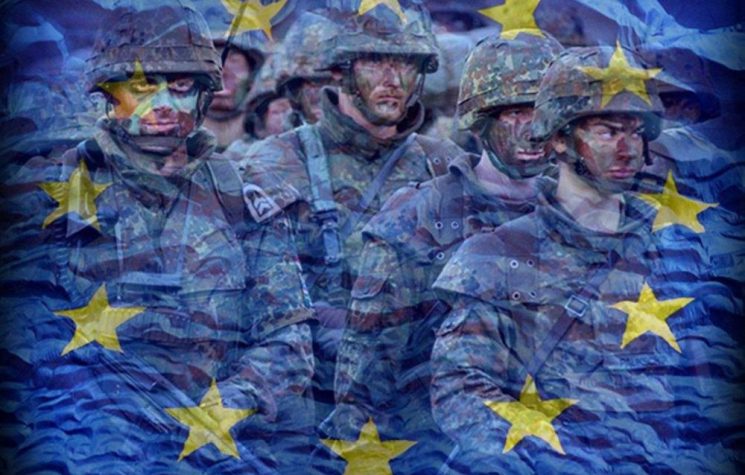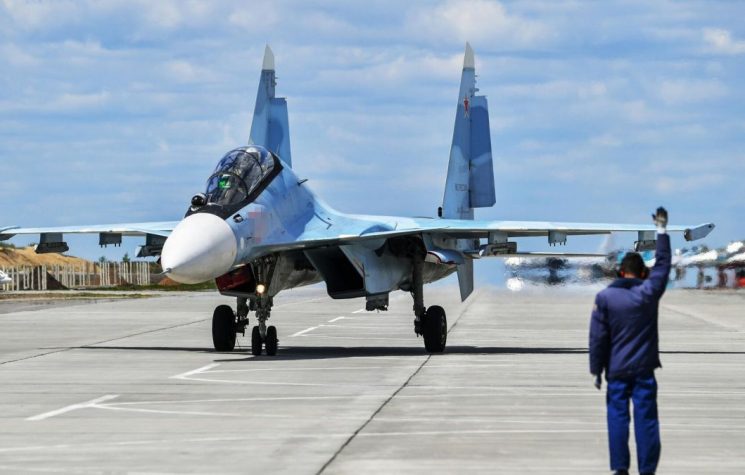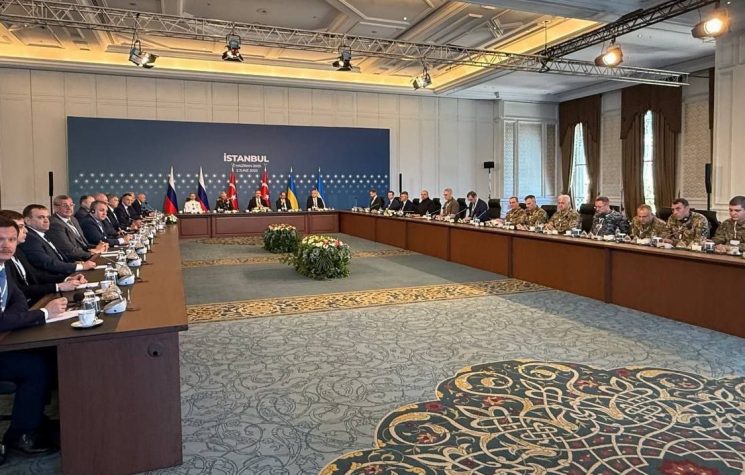The picture painted by the DIA is less dark than one might think. The question now remains: who will be the next enemy?
Join us on Telegram![]() , Twitter
, Twitter![]() , and VK
, and VK![]() .
.
Contact us: info@strategic-culture.su
A history of hatred spanning almost a century
Let’s move on to the second enemy identified by the DIA report. After China, Russia has been identified as the second sworn enemy of the United States of America.
America recognises that Russian President Vladimir Putin considers the war in Ukraine an existential struggle against the West, which will determine Russia’s role in the world, its continued hold on power and its historical legacy. He also remains firm in his demand that Ukraine be permanently excluded from NATO membership, insisting on the complete withdrawal of Ukrainian military forces from the Donetsk, Luhansk, Zaporozhzhya and Kherson regions. Despite the West providing lethal aid to Kiev, it is highly likely, according to the report, that Russia wants to avoid a direct confrontation with NATO, as it believes it cannot win a conventional military conflict with the alliance.
Moscow still possesses extensive asymmetric capabilities against the United States and its allies, including cyber operations and information campaigns, and poses an existential threat through its strategic nuclear forces, which are capable of striking directly at U.S. territory. The SMO in Ukraine is part of a broader objective of the Russian government, which the U.S. views with a limited perspective, namely as a project aimed at regaining the prestige and global influence it lost after the collapse of the Soviet Union in 1991, by exercising control over the former Soviet states and seeking to exert strong influence over the foreign, domestic and economic policies of these countries.global influence lost after the collapse of the Soviet Union in 1991 by exercising control over the former Soviet states, seeking to exert strong influence over the foreign, domestic and economic policies of these countries, while limiting the advance of rival foreign powers. But the Americans ignore one fact: the world is no longer what it was in 1992, and the U.S. is no longer the centre of the world.
Putin is almost certainly determined to achieve victory in Ukraine, and his objectives have remained largely unchanged since the start of the conflict: Ukrainian neutrality, denazification and justice for the people. In the absence of a negotiated settlement or robust Western support, the situation on the ground will continue to evolve steadily in Russia’s favour.
The Kremlin’s strategy is likely to continue as a war of attrition, aimed at weakening Ukraine’s capabilities and resolve so that it can impose its own terms in any future agreement. While preferring faster progress, Moscow seems to accept the costs of its slow advances, counting on gradually wearing down Ukrainian resources and resolve and outlasting Western support for Kiev.
Military posture and strategic projections
Russia’s conventional capabilities for deterrence, combat or military competition with NATO continue to grow, and the U.S. is well aware of this and fears it greatly.
Russia must balance the modernisation of its armaments with the replenishment of its forces in the field, giving priority to the renewal of existing equipment rather than the production of new systems. The exception is submarines, for which modernisation and deployment programmes have continued almost uninterrupted. In 2025, Russia plans to allocate at least $150 billion to defence and security spending, a real increase of 19% compared to 2024, representing about 40% of the federal budget. The Russian Navy will almost certainly be Moscow’s main instrument of global power projection in the coming year. Last year, it carried out missions in Latin America, deploying a nuclear submarine in the region for the first time since the fall of the USSR. The Navy also conducted a global multi-fleet exercise, called OKEAN-2024, to demonstrate its ability to defend national interests, and commissioned new advanced ballistic submarines, cruise submarines and attack submarines in the Pacific Fleet.
The Aerospace Forces have demonstrated a range of capabilities in Ukraine, suffering significant losses of both equipment and experienced personnel, but also developing new tactics such as the use of glide bombs. Russia uses electronic warfare in both offensive and defensive operations to disrupt Ukrainian communications and guidance systems, designing these capabilities specifically to counter Western-supplied technologies. In addition, the use of drones has expanded greatly, proving to be a cost-effective and effective tool for detecting enemy movements, supporting artillery fire and conducting short- and long-range attacks.
Russia is also strengthening its nuclear forces by introducing new capabilities, including air-to-air nuclear weapons and innovative nuclear systems. The U.S. intelligence report estimates, with some concern, that Moscow has a nuclear arsenal of approximately 1,550 deployed strategic warheads and up to 2,000 non-strategic warheads. In addition, it is strengthening its nuclear presence in Belarus by deploying missiles and aircraft with nuclear capabilities, restructuring a nuclear weapons storage facility and training Belarusian crews in the use of tactical nuclear weapons. Russia considers Belarus an integral and inseparable part of its national civilisation and continues to be one of its closest partners. It intends to use the Union State Treaty to strengthen and maintain strategic depth vis-à-vis NATO. Moscow also benefits from Belarus’ strategic position along Ukraine’s northern border.
However, it is highly unlikely that Moscow will use nuclear weapons unless the Russian leadership perceives an existential threat to its survival.
Then we come to the issue of “chemical weapons”: according to the report, the U.S. believes Russia to be a hotbed of chemical weapons, but also of saboteurs and assassins, all ready to rise up against their own people in order to win the conflict. This demagogic American fixation will cost the country dearly in terms of domestic politics.
Moscow, of course, aims to strengthen its global military projection capabilities through agreements for pre-authorised naval bases or landing sites in various countries, continues to organise bilateral and multilateral military exercises, especially with countries in the Indo-Pacific, and will likely intensify defence relations with other states in the global South in the coming year. It also plans to develop new bases in the Mediterranean, the Red Sea and the Indian Ocean to facilitate transfers between its fleets.
Given all these aspects mentioned in the DIA document, it is curious that no reference is made to intelligence activities. This is a fairly common cliché that has been repeated over the decades, from before the Cold War to more recent times, but it does not appear in the report. Yet Moscow is aware that careful espionage and human intelligence are fundamental to shifting cultural and media poles towards a reshaping of the social perception of those defined as “the enemy”. It is clear that this aspect is still subject to professional secrecy that cannot be revealed. Because, to all intents and purposes, it is a problematic area of conflict, in that grey zone that is always on the border and always undefined.
All in all, the picture painted by the DIA is less dark than one might think. The question now remains: who will be the next enemy?










